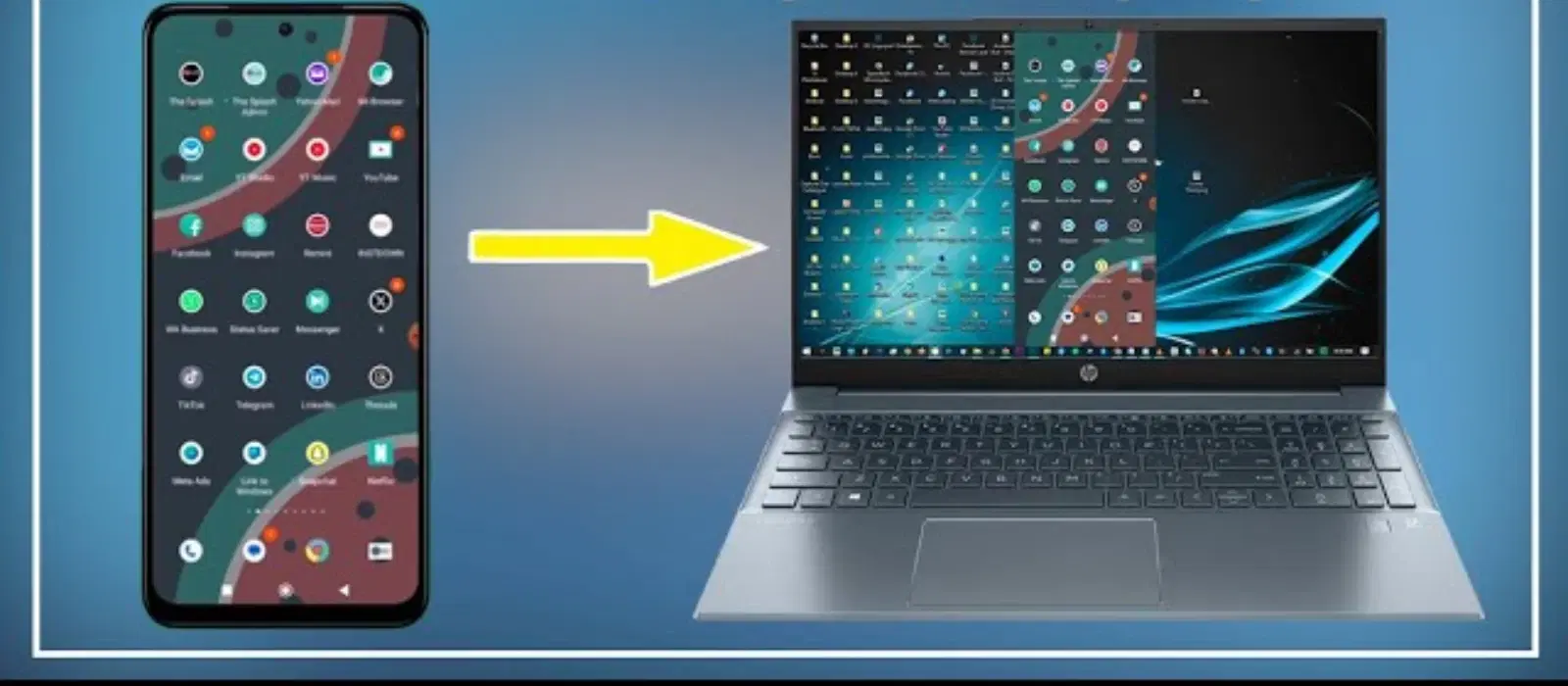
Consumer Electronics
•04 min read
Struggling to connect your Moto E to your PC via USB? You're not alone! Many users find that connecting these devices for file transfers or troubleshooting might seem overwhelming at first, but with a few simple steps, you can enjoy a smooth and seamless experience. This guide answers your frequently asked questions and provides clear instructions on how to connect Moto E to your PC via USB, transfer files, and even troubleshoot common issues along the way.
To begin with, it is important to prepare your Moto E for a successful USB connection. First and foremost, check your USB cable. A high-quality cable ensures stable connectivity. Look out for signs of physical damage or intermittent connections: these are tell-tale signs of a faulty cable that might hinder your file transfers. Regularly inspecting your cable can save time and minimise frustrations.
Next, enable USB debugging on your Moto E. To achieve this, navigate to Settings, then tap About Phone. Tap the Build Number seven times to unlock Developer Mode. Once activated, head over to Developer Options and toggle on USB Debugging. This feature is crucial as it allows more robust communication between your phone and PC, making file transfers and troubleshooting far more efficient.
After the initial setup on your phone, establish the connection with your PC. Start by plugging your Moto E into your computer using the USB cable. Once connected, select the appropriate USB connection mode. Options such as File Transfer or MTP enable your PC to access the phone's storage, allowing you to move files effortlessly. Understanding these modes and their purposes is essential for maximising your file transfer experience.
An important next step is installing the required USB drivers for your Moto E. These drivers are essential for ensuring that your computer correctly recognises and communicates with your phone. Visit the appropriate support page on the official website to download and install the drivers, following the on-screen instructions carefully.
Once your devices are connected and the drivers are in place, transferring files becomes straightforward. Simply open This PC on your computer, select the Moto E device, and open the designated folders to locate your files. Organising your files in advance can help streamline this process, making it easier to manage your data and maintain a clutter-free workspace.
For those who prefer a more automated approach, syncing your Moto E with your PC also enhances data management. Third-party software, including proprietary apps or cloud solutions like Google Drive, can simplify the process. Regular syncing not only helps in backing up important data, but it also enables seamless transitions between devices, ensuring you always have access to your files.
If you encounter issues during your USB connection, several common problems may be responsible. For instance, if your Moto E is not detected by your PC, start by checking that your USB cable and port are functioning correctly. Restart both devices to refresh the connection. Additionally, verify that the USB drivers are installed properly. These simple steps often resolve detection issues without any need for extensive technical knowledge.
Sometimes, file transfer speeds may be slower than expected or transfers might be interrupted. Clearing the cache on your Moto E can improve performance. These troubleshooting tips guide you through resolving potential hiccups and ensuring your data moves smoothly between your phone and computer.
Did You Know? USB 3.0 Ports Can Improve Transfer Speeds
Using USB 3.0 ports on your computer can significantly enhance data transfer speeds when connecting your Moto E. Make sure your cable and phone support USB 3.0 for optimal performance.
Exploring advanced tips can further optimise your USB connection. Consider using USB-C hubs to expand connectivity options. These hubs offer versatility by allowing multiple devices to connect simultaneously, which is especially useful if you are multitasking or need to connect additional peripherals.
Regularly backing up your data is another crucial practice. Using reliable tools like cloud storage services or dedicated backup applications ensures that your important files remain safeguarded against unforeseen issues. Keeping your data secure not only provides peace of mind but also reflects the trustworthiness and customer-first approach that platforms like Tata Neu are committed to delivering.
Connect your Motorola phone to your PC using a USB cable, select File Transfer or MTP mode, and make sure that the necessary USB drivers are installed for proper communication.
Simply plug your phone into your PC using a compatible USB cable, enable USB debugging, and choose the appropriate USB connection mode from the notifications panel on your Moto E.
This issue may be caused by a faulty USB cable, outdated drivers, or incorrect connection settings. Ensure your cable is functional, update your drivers, and double-check your phone's USB mode settings to resolve the problem.
After connecting your Moto E to your PC, navigate to the phone's storage via This PC, locate the desired files, and simply drag them to a folder on your computer.
Restart both your phone and computer, check the USB cable and port, enable USB debugging, and reinstall the necessary USB drivers to resolve the detection issue.
This comprehensive guide has demonstrated that connecting your Moto E to your PC via USB is not only feasible but can be achieved with minimal hassle. By following the outlined steps—preparing your device, installing drivers, managing file transfers, and troubleshooting common issues—you can ensure a smooth and efficient experience. Whether you are a tech enthusiast, a young professional, or part of a busy family, these insights help you manage your devices with confidence and ease while also enjoying unique rewards through NeuCoins on Tata Neu. Remember, every action you take not only enables seamless shopping but also builds trust and progressive convenience, embodying the brand's commitment to a rewarding and customer-first experience.